The Sports Apparel Market is currently characterized by a dynamic competitive landscape, driven by innovation, sustainability, and digital transformation. Major players such as Nike (US), Adidas (DE), and Lululemon (CA) are at the forefront, each adopting distinct strategies to enhance their market positioning. Nike (US) continues to leverage its strong brand equity and extensive distribution network, focusing on direct-to-consumer sales and personalized shopping experiences. Adidas (DE), on the other hand, emphasizes sustainability, integrating eco-friendly materials into its product lines, which resonates with environmentally conscious consumers. Lululemon (CA) has carved a niche in the premium segment, prioritizing community engagement and wellness, thereby fostering brand loyalty among its customer base. Collectively, these strategies not only intensify competition but also shape consumer expectations in the sports apparel sector.
In terms of business tactics, companies are increasingly localizing manufacturing to enhance supply chain efficiency and reduce lead times. This approach appears to be a response to the growing demand for quick turnaround times and customization. The market structure is moderately fragmented, with a mix of established brands and emerging players vying for market share. The collective influence of key players like Puma (DE) and Under Armour (US) further complicates the competitive dynamics, as they continuously innovate and adapt to shifting consumer preferences.
In August 2025, Nike (US) announced a partnership with a leading tech firm to develop an AI-driven platform aimed at enhancing customer engagement through personalized recommendations. This strategic move underscores Nike's commitment to integrating technology into its operations, potentially revolutionizing the shopping experience and setting a new standard in customer service. The implications of this partnership could extend beyond immediate sales, fostering deeper customer relationships and brand loyalty.
Similarly, in September 2025, Adidas (DE) launched a new line of performance apparel made entirely from recycled ocean plastics. This initiative not only aligns with global sustainability goals but also positions Adidas as a leader in eco-conscious manufacturing. The strategic importance of this move lies in its potential to attract a growing demographic of environmentally aware consumers, thereby enhancing brand reputation and market share.
In October 2025, Lululemon (CA) unveiled a new initiative aimed at expanding its presence in the Asian market, particularly in China. This expansion strategy includes localized marketing campaigns and collaborations with regional influencers. The significance of this initiative is multifaceted; it not only taps into a lucrative market but also reflects Lululemon's adaptability to cultural nuances, which is crucial for success in diverse markets.
As of October 2025, the competitive trends in the sports apparel market are increasingly defined by digitalization, sustainability, and the integration of advanced technologies such as AI. Strategic alliances are becoming more prevalent, as companies recognize the value of collaboration in enhancing innovation and market reach. Looking ahead, competitive differentiation is likely to evolve from traditional price-based competition to a focus on innovation, technological advancements, and supply chain reliability. This shift suggests that companies that prioritize these elements will be better positioned to thrive in an increasingly competitive landscape.


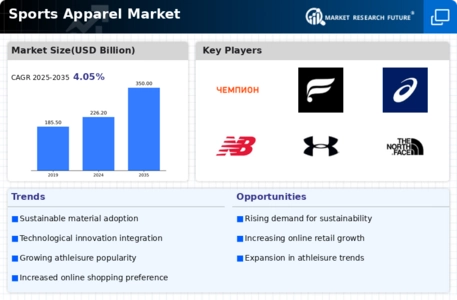
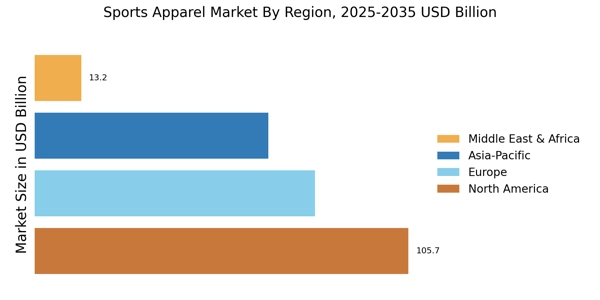

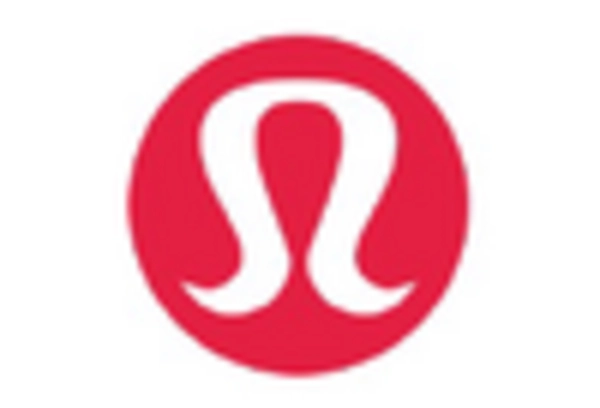
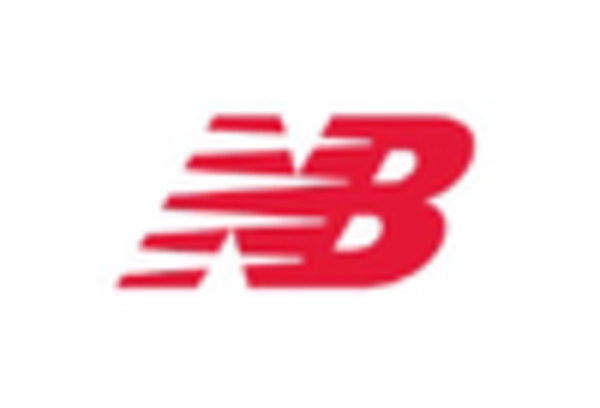


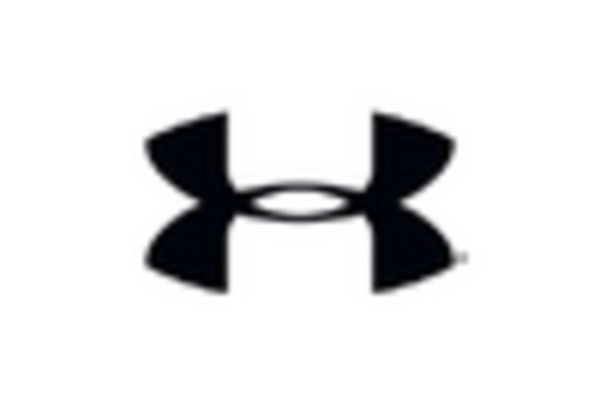








Leave a Comment